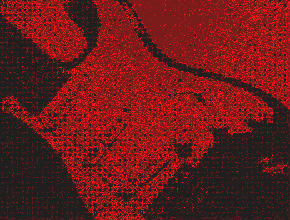In June 2019, I finished my PhD dissertation and graduated from Northwestern University! (This post is backdated.) You can read the abstract below, or download the full 300+ pages on Academia.edu.
Chapter 1 is about headbanging and drum patterns in metal music. Check it out! The rest of the dissertation is about classical music. More details below.

Abstract: Musical meter is often described as an objective grid-like system of time-points that is created by musical sounds. I define meter instead as any pattern of felt beats an individual listener chooses to hear, a physical and cognitive interpretation of the music that is (re-) created in the moment of listening. We construe meter through embodied metering practices: dance gestures, patterns of counting, or epistemologies of rhythmic motion. Many metering practices have conventional metering constructions, specific associations between sounding features, patterns of felt beats, and paths of motion through these beats. Drawing on concepts from cognitive science and performance studies, I explore how this embodied knowledge is constituted and applied in both planning of musical phrases by a performer, and in-time perception and cognition of musical rhythms by any listener or participant. Metering constructions and practices are often performed by and associated with certain communities and identities. I take a culturally-situated approach to meter and felt motion, studying traditions of embodied movement and bodily discipline including headbanging in heavy metal (Chapter 1), characteristic dance rhythm topics in non-dance concert music of the eighteenth century (Chapter 2), motivic manipulation and developing variation in late Romantic chamber music (Chapters 3 and 4), and prosody and speech gestures in operatic recitative (Chapter 5). Contrary to many existing theories of meter, I argue that our feelings of beat are not necessarily organized in cyclical grids, but are improvised on the spot by stitching together familiar motions. I also explore how movements often embody and perform aesthetic ideologies and cultural meanings, with these hermeneutic frameworks often shaping listeners’ choice of movements, their proprioception of their own movements, and their perception of the qualities of rhythm and motion in the music they are listening to.
